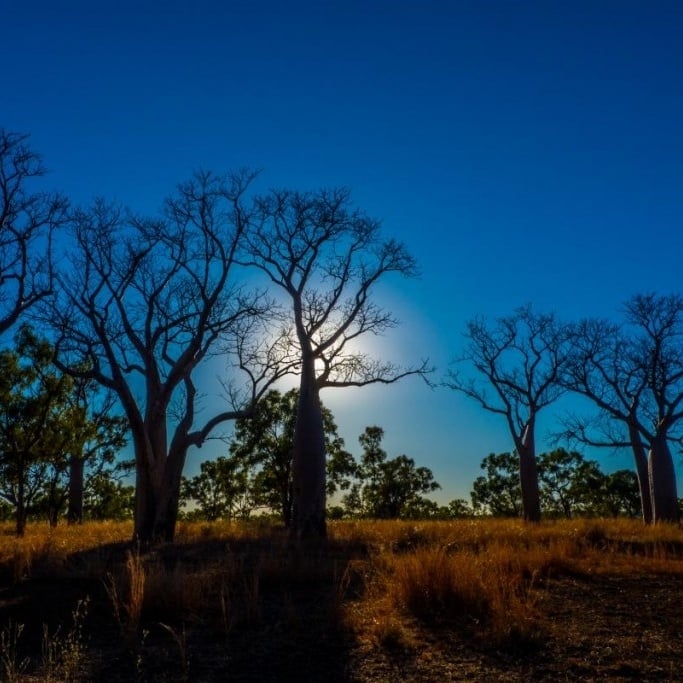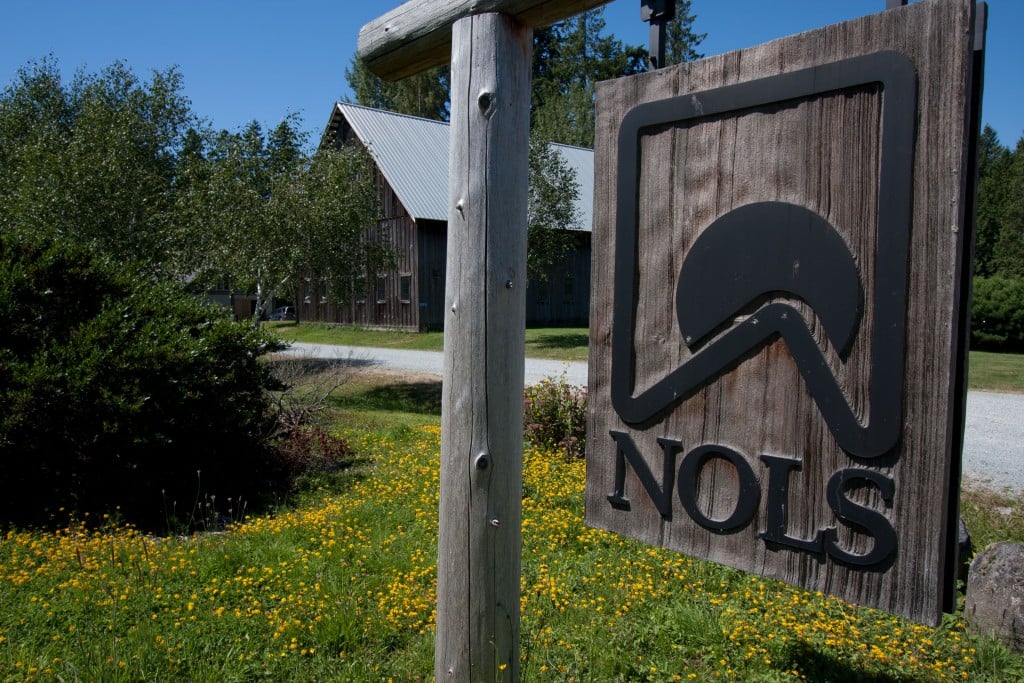A few weeks ago, I visited Utah’s Zion National Park with some friends. When we arrived, we saw countless international groups that had ventured across the globe to explore the famed Utah landscape. While excited for their adventure, I noticed a few insecure faces, and parties that looked ill-prepared to get the most out of their visit, perhaps realizing that the territory was vastly different from what they were used to exploring at home.
Based on my observations of various North American and European national organizations’ golden rules of thumb for backcountry travel, I have come to realize that the concept of necessary outdoor skills and preparedness is relative to the environment you are accustomed to. Being prepared for a hike in the woods or mountains near your home is not necessarily the same as being ready to dive into the desert of the American Southwest. So, I began to jot down what tourists, especially international tourists, tend to overlook when planning their trips to the famed American West.
 In most parks, you need a permit for activities like fishing. Photo by Brad Christensen.
In most parks, you need a permit for activities like fishing. Photo by Brad Christensen.
1. Check if you need a permit
Land use laws are different in every country, and even in different states. Research what you want to do and where you want to do it before you arrive. Depending on the type of activity or location, you might need to apply for a permit (for things like campsites or even access to certain hiking routes). You can usually complete permit applications online and you will be notified if you received your permit via email. Before you head out, you will need to collect a paper version and check in at the ranger station, so don’t forget to calculate that added time into your trip. If possible, I recommend checking in the night before.
2. Bring enough food and water for day hikes
While this may seem fairly obvious, it is easy to forget how much we consume throughout a day, especially if you are used to backpacking in places where amenities are more accessible from the trailhead, and along the trail. There will be no catering huts or restaurants in Parks or Wilderness areas, and in popular destinations such as Utah, you will be in the desert, where temperatures can rise quite dramatically. Take that into account when packing water and don’t shy away from bringing that extra sandwich or two.
Additionally, while you might be used to collecting and purifying water from streams on a hike, this might not be possible the area you are visiting. Streams can run dry during certain times of the year. Confirm with a park ranger whether or not streams are flowing (particularly in the desert) before setting off. If you are curious about what to eat in the backcountry or how much water to drink, take a look at these posts.
 No matter how long you plan to be out, always pack sufficient food and water, maps, a first aid kit, and clothes to keep you warm. Photo by Brad Christensen.
No matter how long you plan to be out, always pack sufficient food and water, maps, a first aid kit, and clothes to keep you warm. Photo by Brad Christensen.
3. When driving to the Parks, make sure you have enough gasoline and extra water
The American landscape is big and the parks are, well, in the middle of nowhere. Gas stations can be few and far between, especially in a sparsely-populated states like Wyoming, where you will find Yellowstone and Grand Teton. As a tourist, you might want to take a few side roads and detours, so be sure your vehicle is fully fueled when you are about to hit the highway for a few hours.
In addition to fuel, be sure you have supplies in your car should you have a breakdown and need to wait for help or a tow truck. Again, water is key. If you are driving through a desert environment, the conditions can be particularly difficult on your vehicle and dangerous if you have to wait. A few years ago, a friend’s tire burst on the highway between Las Vegas and Salt Lake City. She was lucky enough to be picked up by another driver after an hour, but quickly realized how ill-prepared she was. Such an incident can not only be a major damper on your trip, but can also escalate into a dangerous situation.
4. Research what kind of footwear is best for the environment you will be visiting
Many people who have lived overseas joke that the key to recognizing someone’s nationality is to look at their shoes. The same can be said in the outdoor community. Here at NOLS, we take foot health and happiness very seriously because it can make or break a trip. To many of my European counterparts, I would suggest investing in a pair of low-top light hikers or approach shoes for day trips, especially in the American southwest. Not only will they be lighter, but they’ll also be more versatile. I have a pair of designated “desert” shoes that are great for keeping out dust (a big cause of blisters), walking in streams, and also for expanding when my feet swell from extreme heat. After flying across the world to see Bryce, Zion or Moab, you don’t want to be distracted by the sudden feeling that your trusty boots are two sizes too small.
5. Review Leave No Trace principles
 Pick the right footwear to make your activity fun and enjoyable. Photo by Talbot Callister.
Pick the right footwear to make your activity fun and enjoyable. Photo by Talbot Callister.Based on my experience, every country has different ideas of what is responsible behavior in the backcountry. In the United States, Leave No Trace principles are the standard rule of thumb. Some of these ideas, such as not building a fire or not leaving compostable waste (i.e., food and human waste in certain environments) in your campsite or anywhere in the park can come as a big surprise to international visitors, especially those who feel well-versed in outdoor travel. While that might be acceptable back at home, that is not the case in the United States. I recommend studying up before you arrive at a Park. Then, if and when you collect your backpacking permit, you can fly through the visitor’s center and not face a surprising conversation with a park ranger. While you might have dreamt of enjoying the star-filled skies with a spontaneous campfire, that just is not going to work in some parks in the United States. Additionally, if you’re caught breaking National Park rules, you may face a fine.
6. Brush up on backcountry skills so you can venture away from the parking lot
If you want to go deep into the American wilderness, make sure you are educated so you can travel responsibly and make the most of your trip. Many visitors don’t venture far from their cars when going through the Parks, which is a true shame. With that said, there are also numerous instances of park visitors getting in over their head and ending up in serious danger. Be sure you are honest with yourself about your ability and knowledge. If you feel the need for more training, explore taking a wilderness medicine course with WMI or a NOLS course.
 Learn the skills to venture beyond the parking lot. Photo by Brian Fabel.
Learn the skills to venture beyond the parking lot. Photo by Brian Fabel.
- Expedition Prep
- National Outdoor Leadership School
- Backpacking
- Nols Southwest
- Education
- Wilderness
- Backcountry
- Wilderness Medicine
Written By
Alex Phillips
Alex Phillips worked as the NOLS European recruitment coordinator. Alex has been on multiple NOLS courses, including an Outdoor Educator course in the Rockies, which she took for professional development while working at an international school in Switzerland. In addition to working for NOLS, she is currently completing her master’s in experiential education at the University of Cumbria.



